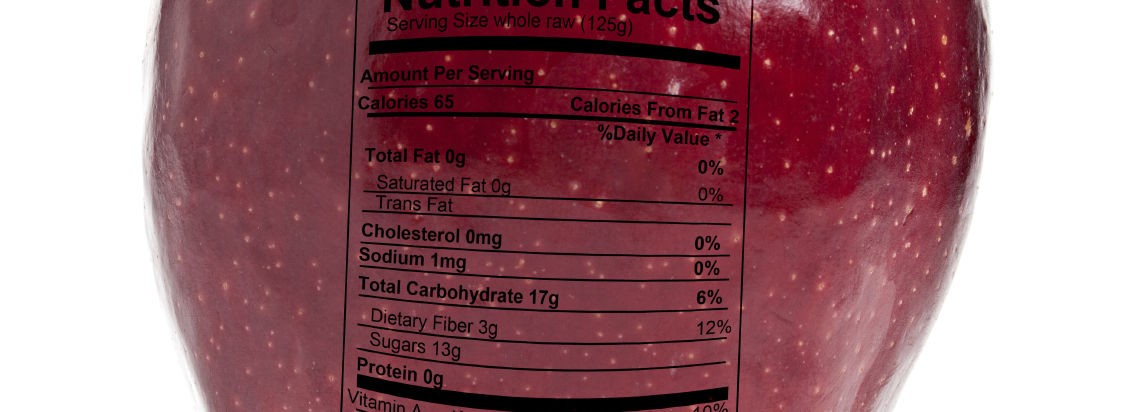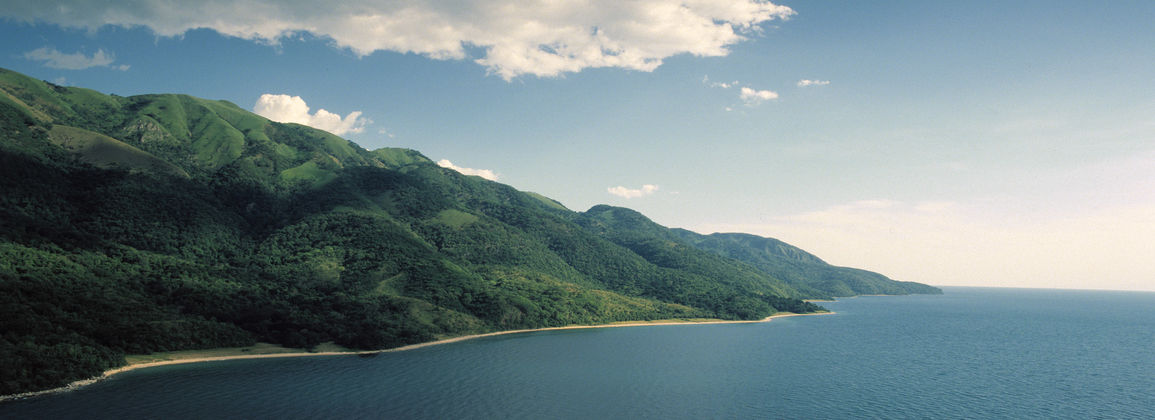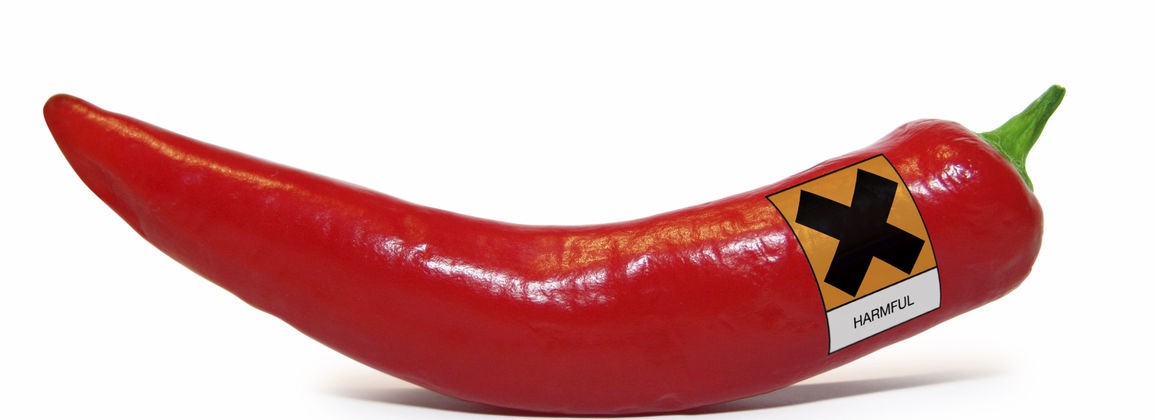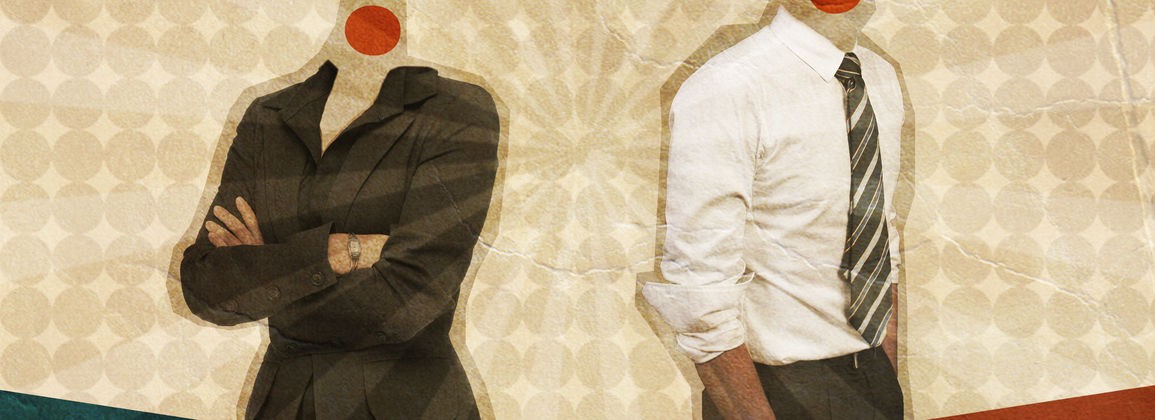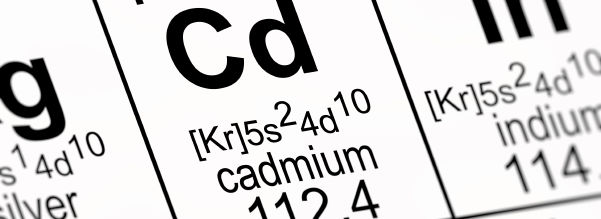On the first of February, a new research project was launched, which is partly funded by the 7th Research Program of the European Union.
The title of the project in English is "Total Diet Study Exposure" which is translated into Icelandic as "A study of the total consumption of contaminants from food". Matís manages one of the 11 projects in the project and participates in a total of five projects
The project will develop methods to estimate how much people get from unwanted contaminants from food as they are on consumers' tables. The methods will then be used to measure how much people get from food contaminants in several European countries, including Iceland.
This project provides an excellent opportunity for coordinated research on the consumption of foreign substances in Iceland and in several other European countries. Matís conducts research on foreign substances and food safety. The project will be important to strengthen this area and promote increased food security in Iceland. The aim of the project is to conduct coordinated research on the consumption of undesirable contaminants in food in Europe.
In order to carry out harmonized research, the methods used for food sampling, measurement of contaminants in food, quality assessment of data, etc. must be harmonized. The intention is to test different methods that have been used in Europe and to define the best procedures for the research. It will also summarize which contaminants and foods are most important in assessing the total consumption of undesirable substances in the diet of Europeans, but such information is a key factor in making a risk assessment for the consumption of these substances and assessing their impact on human health.
The study of the total consumption of contaminants allows us to get a real estimate of how much we are exposed to unwanted contaminants such as heavy metals, persistent organic pollutants, fungal toxins and other contaminants from food as we eat them, ie fried, boiled, grilled, smoked, smoked, smoked. .
Key information for the project:
Matís total project cost: € 631,169, of which EU grant: € 497,997
Total grant amount of the EU project: € 5,967,951
Number of participants: 26 from 18 different countries
Further information: Helga Gunnlaugsdóttir

